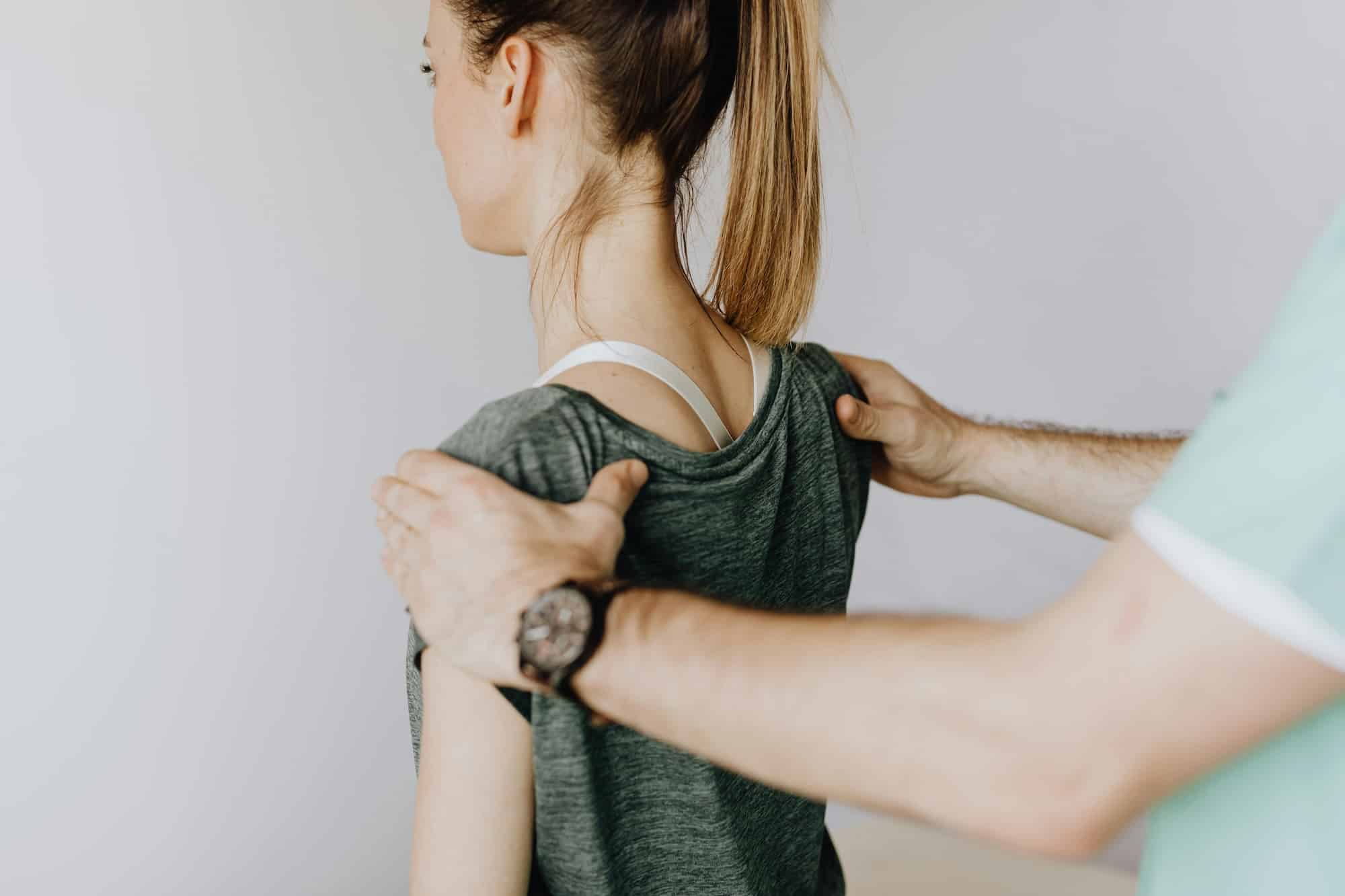Frozen Shoulder and EMS
Injuries happen! It sucks to cut back on activities we like, but all is not lost. It is common to seek out alternative forms of training when injured, but as mentioned in many previous blogs (here’s one) EMS fitness is not only a good option, it is the best option to continue getting fit while mending an injury.
Why is EMS fitness so effective when injured?
The EMS suit has electrodes directly placed on the muscle, so the load is as proximal as it can be to the belly of the muscle which means you don’t need to move through a full range of motion to reap the benefits.
Because most of the load is provided by the stimulation, weights aren’t necessary, so no extra stress is placed on the joint.
EMS workouts are low-impact, short, and as intense as you can handle. Nothing else in the fitness industry can combine these three aspects simultaneously.
However, you don’t need to take my biased word for it, here’s a summary of a research study on frozen shoulder:
Purpose: The study aimed to evaluate the effects of a 71-day whole-body electrical muscle stimulation (WB-EMS) training program on body composition and subjective pain for a 50-year-old man who completed six months of physiotherapy and rehabilitation following shoulder arthroscopy for frozen shoulder.
Methods:
- Training Setup: The participant followed a detailed WB-EMS physical training program under the supervision of a trainer, imitating movements from a video displayed on a projector screen.
- Data Collection: Body composition and circumference, quality of life, shoulder pain, and perceived exertion were measured using appropriate laboratory equipment.
- Training Equipment: The WB-EMS suit included a vest, shoulder and leg pads, controlled by an Android panel using Bluetooth.
Results:
- Body Composition:
- Muscle Mass: Increased by 5.82 kg (+19%).
- Lean Mass: Increased by 6.38 kg (+13%).
- Fat Mass: Decreased by 5.60 kg (-24%).
- Body Circumference:
- Decreases: Hip, waist, and thigh by -4.4 cm (-2%).
- Increases: Arm, calf, and chest by +8.7 cm (+4%).
- Quality of Life: Improved from 115 points (67%) to 152 points (89%).
- Subjective Pain: No pain reported throughout the program.
Conclusions: The WB-EMS program was effective in reducing fat, increasing muscle mass, and improving the quality of life without causing pain.
Key Points:
- Participant Profile: A 50-year-old man with a history of frozen shoulder and completed physiotherapy.
- Training Frequency: Increased gradually over 71 days.
- Assessment Tools: Bioelectrical impedance analysis (BIA) for body composition, flexible tape for circumference, SF-36 questionnaire for quality of life, and a subjective shoulder pain questionnaire.
- Training Duration: 33 minutes per session divided into warm-up, exercise movements, and cool-down phases.
- Safety and Effectiveness: WB-EMS training must be supervised to ensure safety and effectiveness, especially for home adaptation.
This study highlights WB-EMS as a viable continuation of post-physiotherapy rehabilitation for improving body composition and quality of life in middle-aged individuals recovering from shoulder injuries.
Come visit our flagship EMS studio located at 419 E. 17th Street, Costa Mesa, CA, 92627.
If you want to try EMS, please book an intro session at our Costa Mesa studio or contact us at info@bodybuzzfit.com. We also offer in-home EMS personal training in Los Angeles, San Diego, and South Orange County.
Conrad
Director of Education


